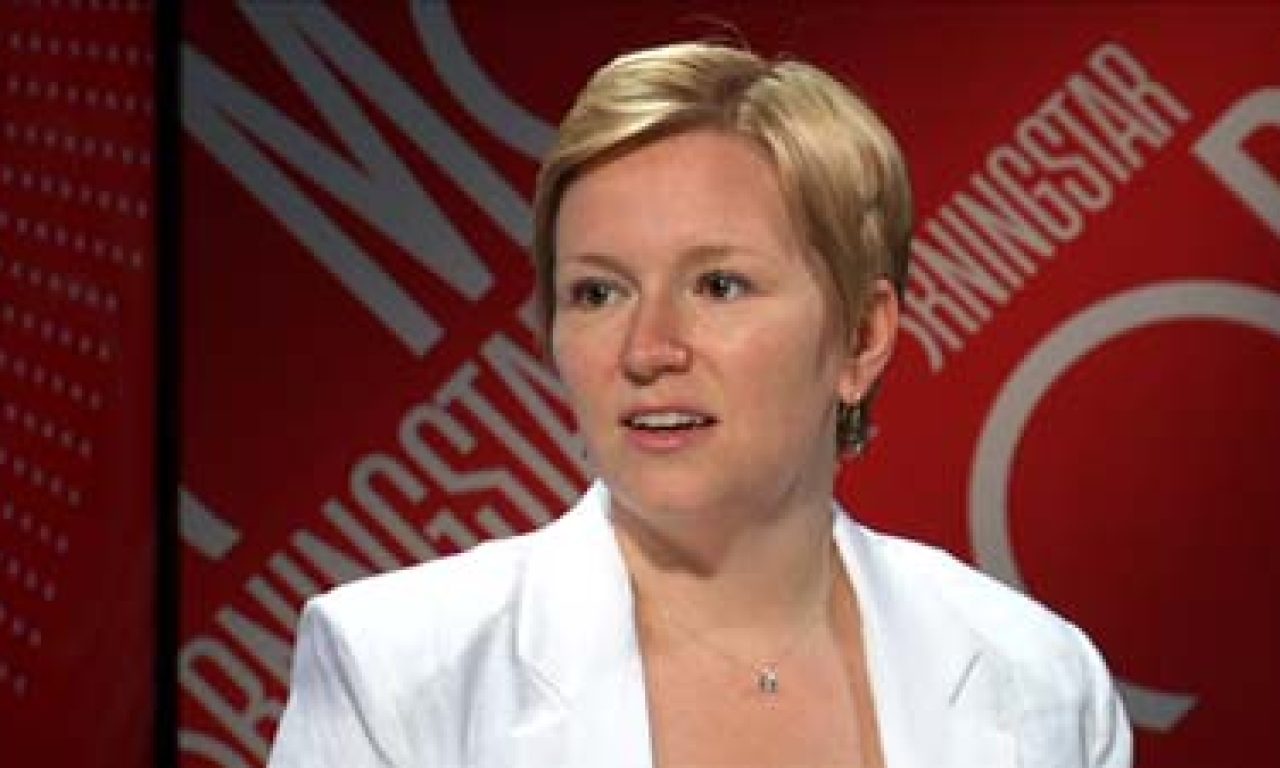(pictured: Heather Brilliant)
Morningstar has tested the standard ‘4 per cent rule’ of how much an investor needs in retirement for Australia and New Zealand and found that in the Antipodes expectations are “probably a bit too high”. And the local share market is more volatile, requiring a lower bottom end of the drawdown range for a retiree to be “safe”.
To put it another way: Australians and New Zealanders need to save more or spend less, or both, compared with their North American counterparts.
The new Morningstar research was distributed publicly for the first time last week, although it is based on the Australian version of the ‘Wealth Forecasting Engine’ which was released to clients late last year.
Heather Brilliant, the chief executive of Morningstar Australia and New Zealand, said that the firm had published four pieces of research in the US which look at generic investor concerns. They involved answering the questions: “How should I invest?”; “How much will I need in retirement?”; What if the value of financial planning?”; and “How much can I spend and not run out of money?”.
Morningstar has localized the research on how much a retiree can spend without running out of money, which challenges the so-called 4 per cent rule, and is now working on Australianising its work on assessing the value of financial planning.
Brilliant said there were several key trends – through regulatory changes, demographics or technological developments – forcing change within the industry. They include:
- The high cost of advice
- The ageing population
- Difficulty is accessing the age pension
- Automated advice or guidance
- The rise of target-date funds, and
- The shortfall in personalized retirement advice.
Anthony Serhan, Morningstar’s managing director, research strategy, for Asia Pacific, produced a paper, “Safe Withdrawal Rates for Australian Retirees”, which updated and localized the ‘4 per cent rule’. The paper was co-written by David Blanchett and Peter Gee.
He says the rule was the outcome of work by William Bengen, a financial planner in the US in the mid-1990s, who calculated that for a retiree who lived for 30 more years and with a portfolio of 50 per cent US shares and 50 per cent US bonds would allow a 4 per cent annual drawdown at the start of retirement. It would be adjusted for inflation each year.
But substituting Australian historical returns and introducing a 1 per cent transaction costs charge meant that local retirees’ initial withdrawal rate should be closer to 2.5 per cent.
Serhan pointed out that Australians had been lucky with their investment returns, which would not necessarily continue indefinitely. Of 12 major developed markets, Australia had above-average returns for both shares and bonds between 1900 and 2014. That might unduly inflate expectations.
“While safe withdrawal rates today are similar to historical averages,” the research says, “they are lower and may be significantly lower when incorporating improvements in mortality and the impact of fees. Current minimum withdrawal rates for account-based pensions in Australia may lead to investors depleting retirement assets too soon.”
Sherhan said the research showed that a traditional balanced portfolio was likely to be the best allocation for Australian retirees.
He advised that investors should “work with realistic expectations” and understand the trade-offs: if you spend more you need to save more or you will run out of money sooner. He added that the more risk in a portfolio was not necessarily a panacea to spending more in retirement. It might work in the opposite direction in certain circumstances.

